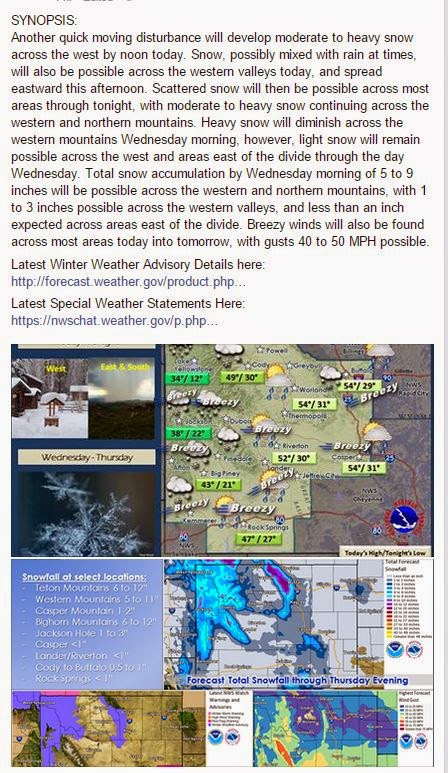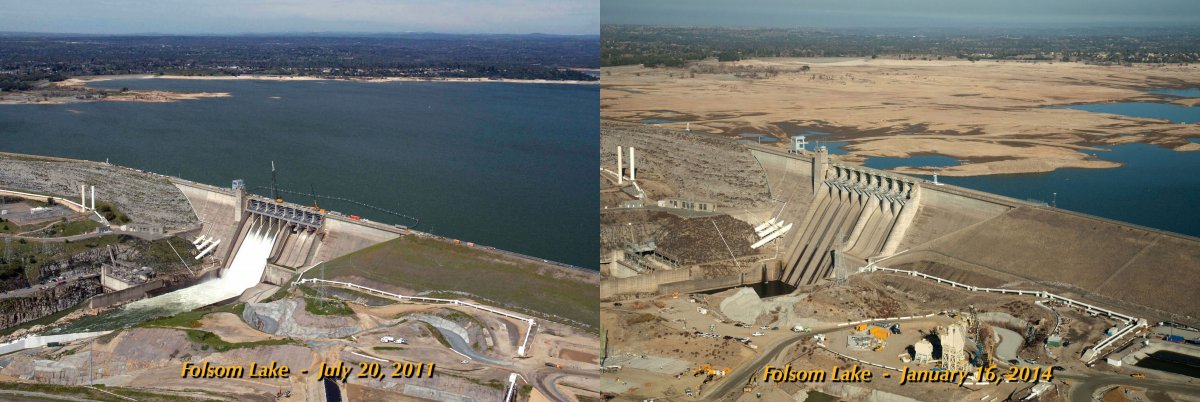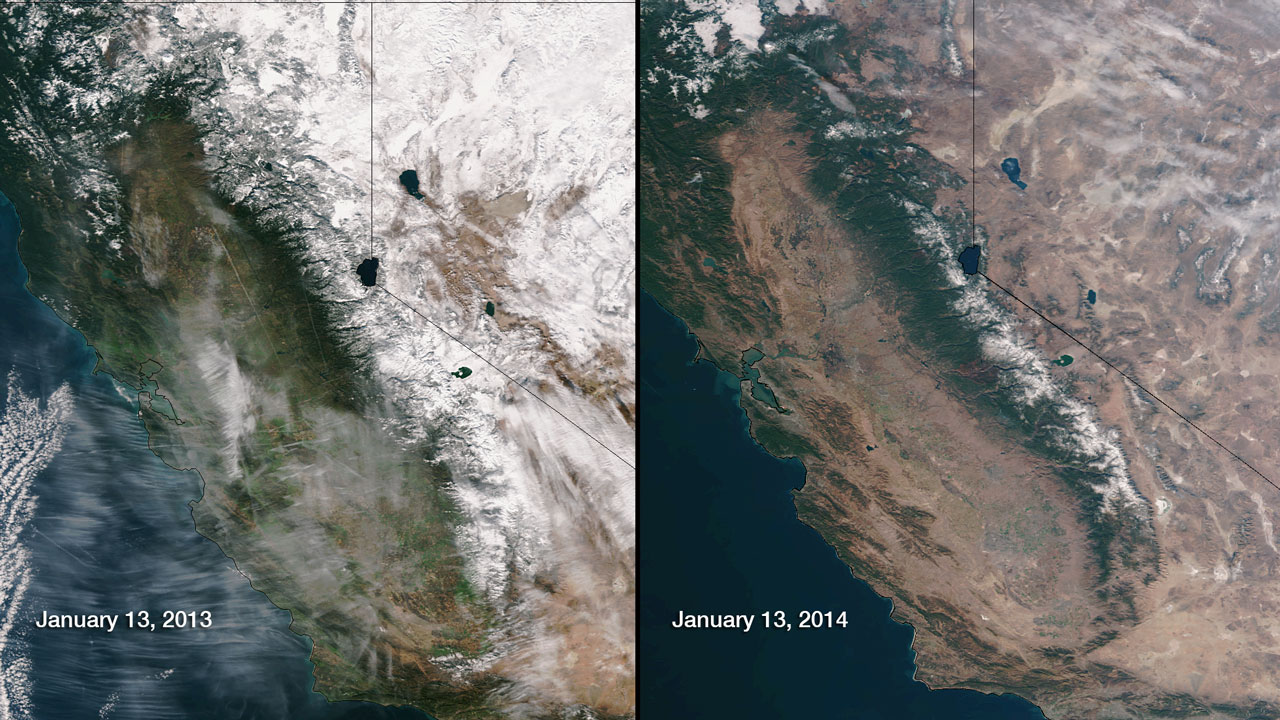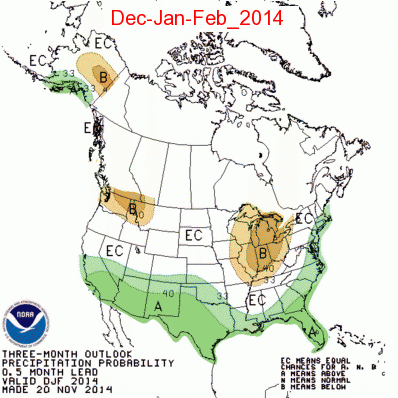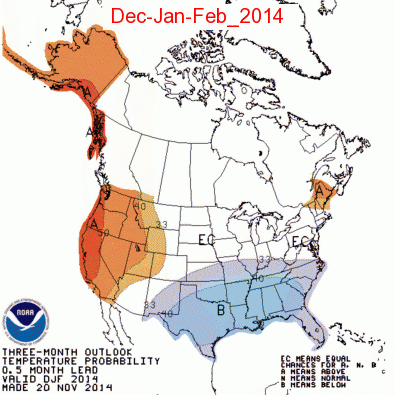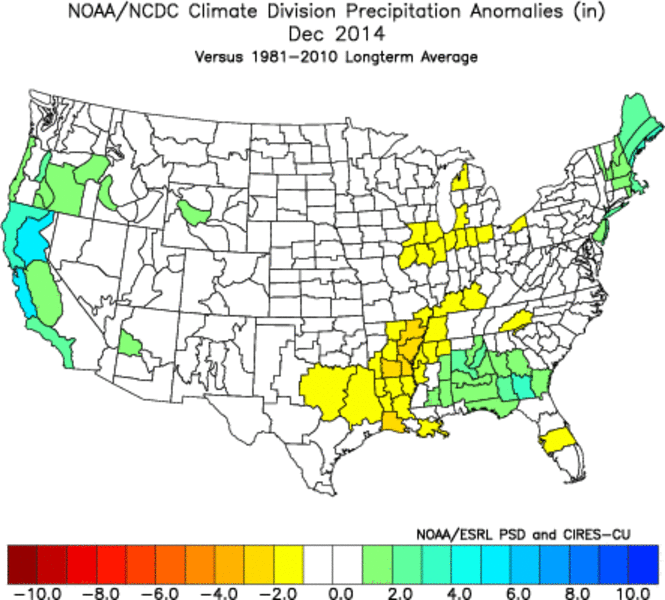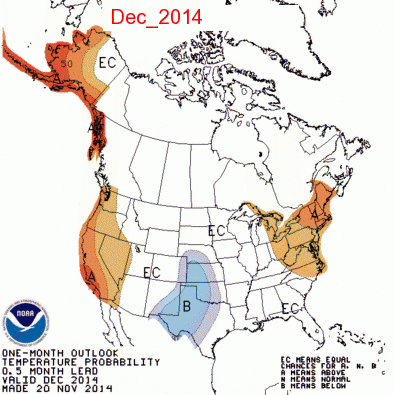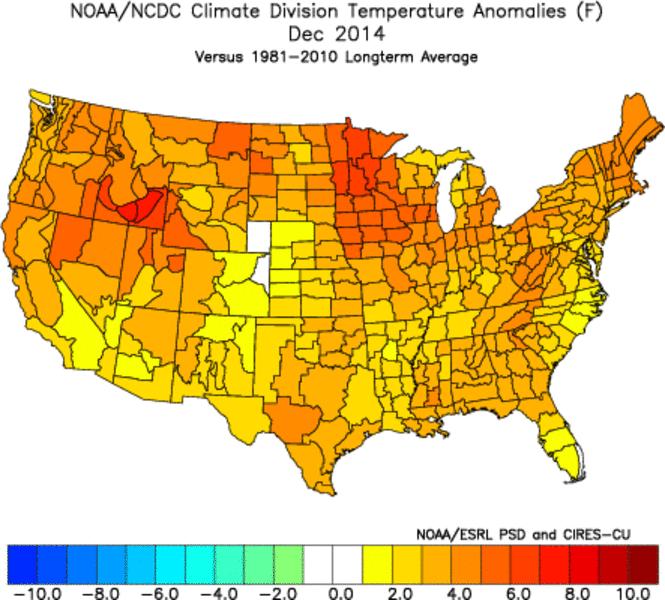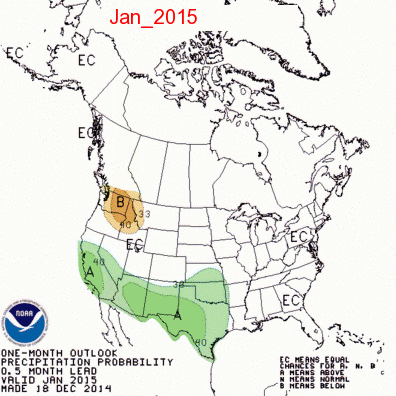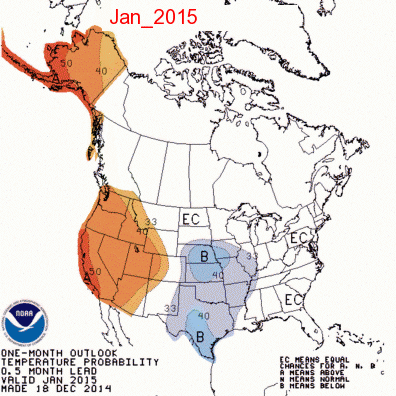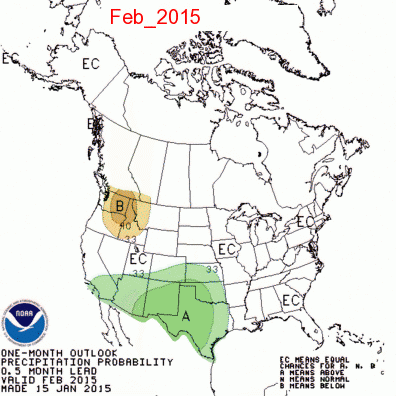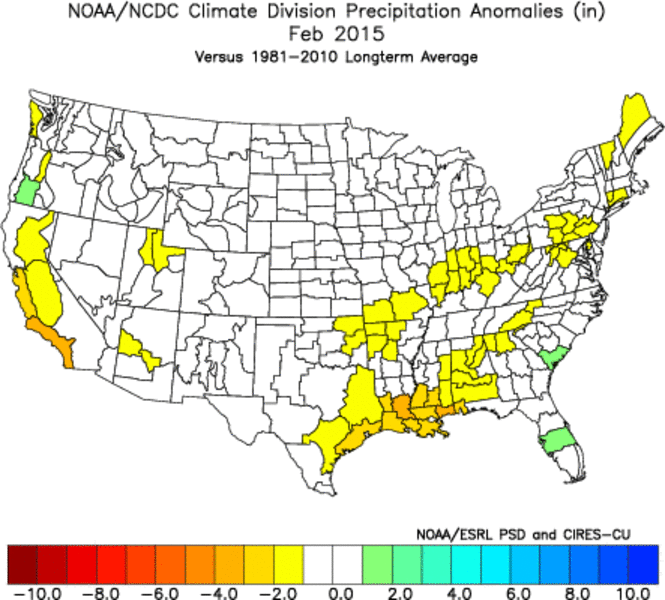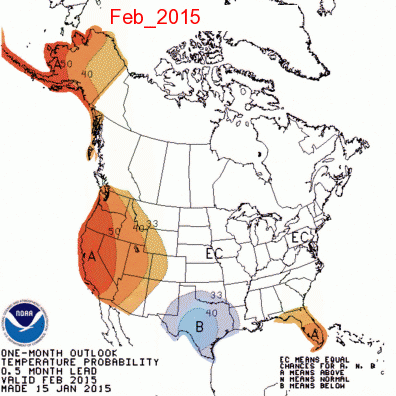
No water is flowing from Lake Tahoe to the Truckee River. Photos/Kathryn Reed
Publisher’s note: Lake Tahoe News spent March 22 driving around the lake looking at and documenting more than 20 locations to show what the drought looks like throughout the basin all on the same day.
By Kathryn Reed
It’s not unusual for Lake Tahoe to drop below its rim. What is unusual is when the spring runoff doesn’t bring it back up and above that 6,223-foot mark.
“This year the way things look it would take some pretty big precipitation to get back above its natural rim this year,” Scott McGuire, meteorologist with the National Weather Service in Reno, told Lake Tahoe News. “The projection is for Lake Tahoe to be significantly below its rim by fall 2015.”
When it fell below the rim in October 2014, this was the first time in five years. Some of the other times it was below the rim were 1977-78, 1961-62 and 1930-36.
On March 22, Lake Tahoe was at 6222.83 feet.
The record low of 6220.25 feet was set in 1992. (Records have been kept since 1900.)
In 2014, the snowmelt added 3 inches to Lake Tahoe. With substantially less snow falling this winter, it is near impossible the lake will rise by that much this spring.
Seasonal businesses were hurting last summer as documented by
Lake Tahoe News. For many of those same businesses it will only be worse this year.
Business owners may need to rethink how and when they do business because the model used even three to five years ago isn’t going to work today.
Instead of trying to get a jumpstart on Mother Nature with opening ski resorts pre-Thanksgiving, it might be time to have an intense, stellar shorter ski season. Then crank up the public relations to woo out-of-towners here for spring – a season often ignored.
If the weather patterns of the last few years are the new normal, it will mean learning to adapt to less snow and more summer-like days. In some ways this could be good for the Lake Tahoe Basin because summer has always been the busiest season. It may mean that season is now longer.
And if it’s hotter in the Central Valley and Bay Area sooner and longer, people may drive to Tahoe to cool off and recreate. This might solve the shoulder season blues.
Driving around the lake on Sunday was at times reminiscent of a summer weekend. Parking lots were full of people enjoying the outdoors. Restaurants were busy – at least the ones that were open.

Jumping off piers and docks at Lake Tahoe is not advised.
Signs of drought
For those in California, there will be much more beach access this year. (Nevada has different rules when it comes to public access on private beaches.) Sand and rocks are exposed in places that have not seen the light of day in years.
So many piers have little or no water under them. Signs saying “no diving, no jumping” are posted in some locales. It’s advice that will need to be adhered to at all piers and docks this year to avoid injury or worse.
Floating docks will have an easier time accommodating people. Many marinas have a combo of fixed and floating structures. This means the ramp between the two keeps getting steeper. Some are clearly not in compliance with the Americans with Disabilities Act. It would be tricky to walk down them carrying a cooler or small child.
Water marks on bulkheads and boulders are visible symbols of just how far the lake level has fallen.
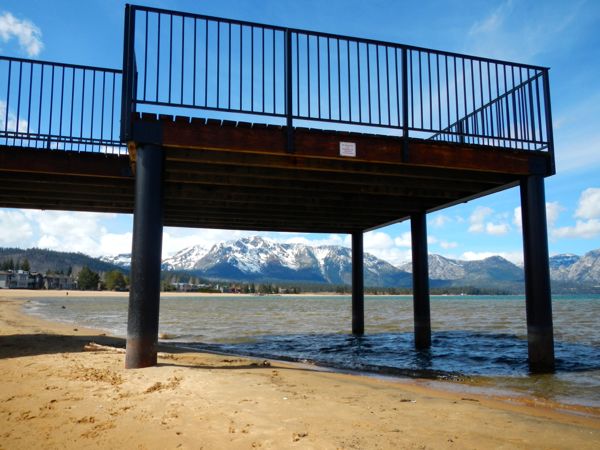 Tahoe Keys Property Owners Association Pier
Tahoe Keys Property Owners Association Pier
Four of the six pilings making the extended seating area at the pier are in water – 6 inches at the deepest.
A small sandbar has been created near the shore, which has allowed pooling to occur between the beach and lake. The area nearest the water is muddy and uninviting.
Across the channel is Cove East, which extends even farther into the lake. But it, too, has a large swath that is more swampish than beach-like.
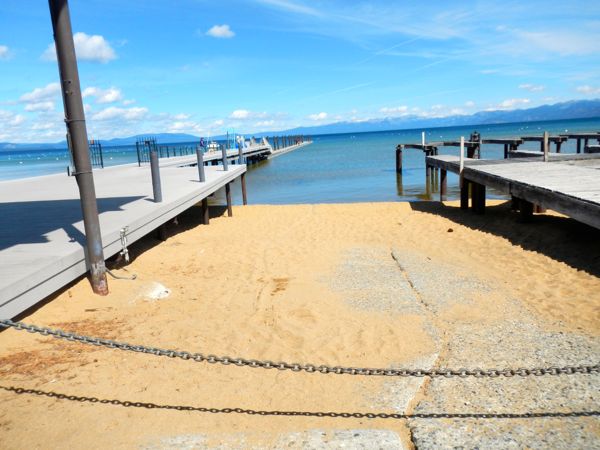 Camp Richardson
Camp Richardson
Much of the boat ramp is sand. The water level by the gas pumps looks as though not many boats would have clearance to get to them. They are on the fixed dock, so they seem even higher as the lake gets lower.
Looking down Jameson Beach, most of the private docks are covering only sand.
 Emerald Bay
Emerald Bay
Navigating the entrance to the bay was tricky last boating season. It’s only going to be worse this year, with some boats not able to get in.
It’s as though most of the bay is rimmed by sand. At the end by Vikingsholm and below the swath of mountain that decades ago sustained a landslide is debris from that slide that had been under water.
 Meeks Bay Resort
Meeks Bay Resort
The sand, even near the water, is silky white. The water is incredibly clear, at times reflecting various hues of blue. It’s Caribbean-like.
The end of the walkway is now far from the water.
While the channel inside the bulkhead leading to the docks and boat launch is deep, the lake level outside this area is not going to permit all boats to come and go.
 Sugar Pine Point State Park
Sugar Pine Point State Park
With all the rocks and pine cones on the beach, it won’t beckon sunbathers like the beach down the road does. Many more rocks are visible than last fall.
The last rung on the swim ladder at the end of the pier is no longer in the water.
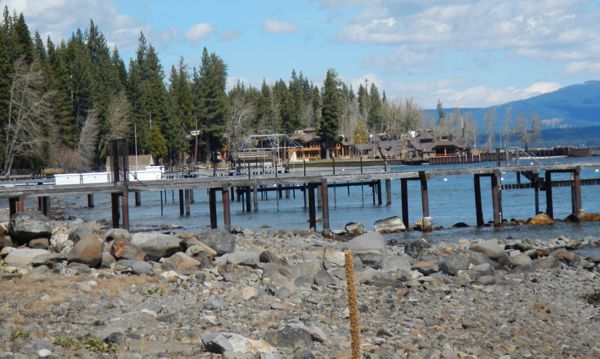 Between Tahoma and Homewood
Between Tahoma and Homewood
White moorings bob in the lake, only time will tell if they will be filled with boats. Not all marinas will be accessible for launching, and then some of the moorings will be in too shallow of water for deep-hulled vessels.
So many private docks along this stretch of the West Shore as well as ones closer to Tahoe City are covering rocks instead of water.
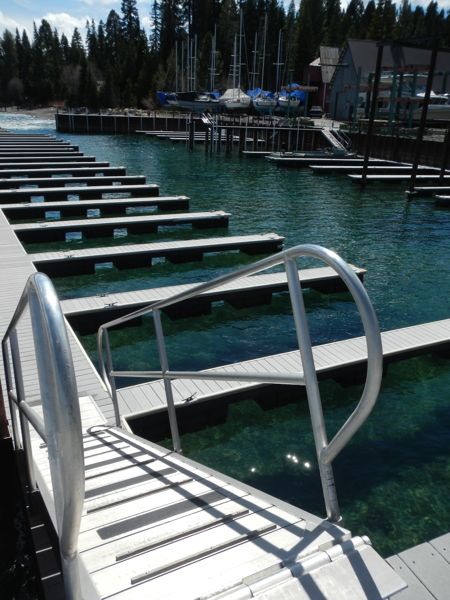 Obexer’s
Obexer’s
Water is no longer touching the concrete on the boat launch. Trailers will be backing onto rocks.
The ramps here have some of the more extreme angles going from the fixed pier to the floating docks.
 Tahoe City Dam
Tahoe City Dam
It’s possible to walk near the base of the dam because of the lack of water on the Lake Tahoe side of the dam. Buoys that say “Danger Dam” seem silly and sad without water.
On the other side of the dam there is water, but looking farther down the Truckee River it is more rocks than water.
This means the rafting season on the Truckee River is likely a no-go.
 Commons Beach/Tahoe City Marina
Commons Beach/Tahoe City Marina
Walking along the Lakeside Trail the lake is a little farther away. People don’t seem to mind as they wander along the rocks.
 Tahoe Vista Recreation Area
Tahoe Vista Recreation Area
No boats will be launched here anytime soon.
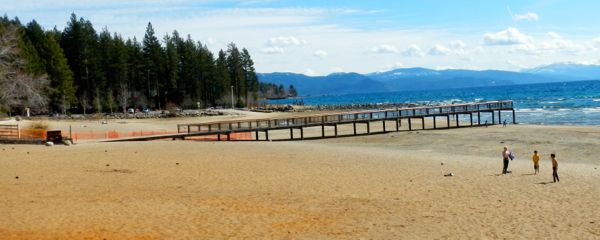 Kings Beach
Kings Beach
The pier covers more sand than water.
California Tahoe Conservancy and California Department of Parks and Recreation are hosting a workshop April 1 from 6:30-8pm seeking input on the feasibility and design for a reconstructed public pier.
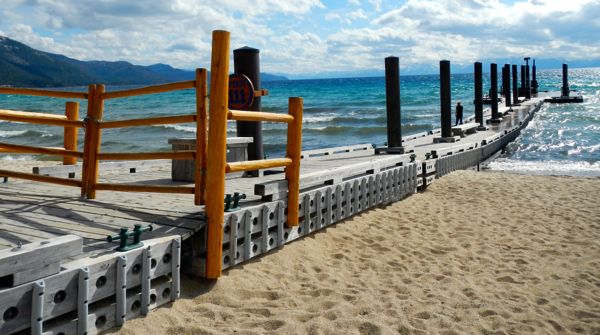 Lone Eagle Pier
Lone Eagle Pier
The gate on the dock preventing people from walking to the end is over sand so it’s useless right now.
 Sand Harbor
Sand Harbor
While this area is always rocky, now large boulders are exposed. Plenty of sand exists. The canvas Mother Nature is working with keeps getting more beautiful.
 Glenbrook
Glenbrook
The creek running into the lake near the pier is rippling across a rocky beach. The pier looks more like something out of bygone Tahoe than a functioning structure today.
 Cave Rock
Cave Rock
One of the few boat launches in the basin that is useable. Rocks, though, continue to be exposed near the beach area.
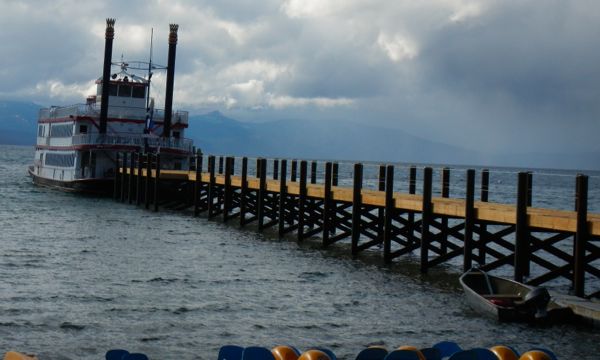 Zephyr Cove
Zephyr Cove
The new dock is installed. The M.S. Dixie II wil run again after it is rehabbed.
 Ski Run Marina
Ski Run Marina
The Tahoe Queen will be able to run again when the channel is dredged.
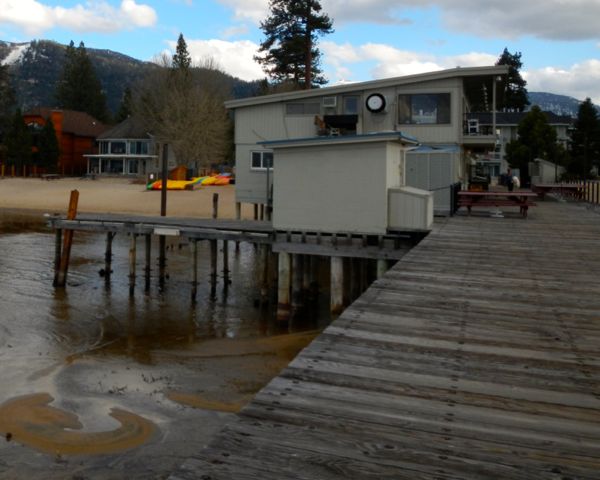 Timber Cove Marina
Timber Cove Marina
Access via Bal Bijou Road still isn’t available because of Tahoe Beach Retreat’s lingering construction project. (The hotelier is also still arguing with South Lake Tahoe about signage on the beach.)
It would be hard to get a kayak under most areas of the pier because of the shallow water and sand bars. The gas pump on the dock is completely inaccessible.
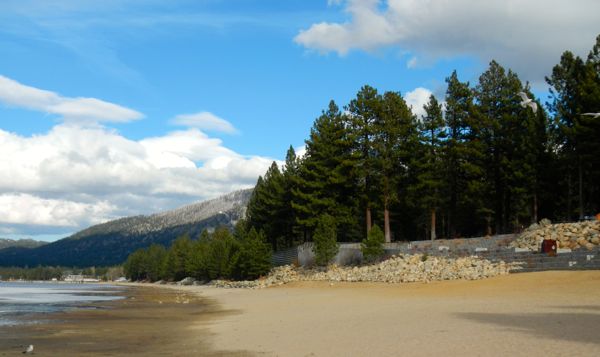 El Dorado Beach Boat Launch/Lakeview Commons/Regan Beach
El Dorado Beach Boat Launch/Lakeview Commons/Regan Beach
This launch has been off-limits for years. Now there is no chance anyone will drive onto the dirt to get to the water because of the boulders at the end of the launch.
With the amount of beach area, a much larger stage could be erected for Live at Lakeview Commons.
Pilings from piers of eras gone by can be seen from here down Lakeview Avenue past Regan Beach. At Regan Beach the dog beach used to be mostly water – not so anymore.





















